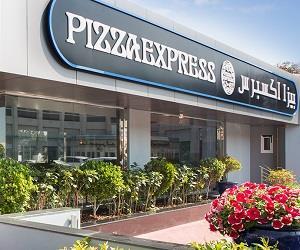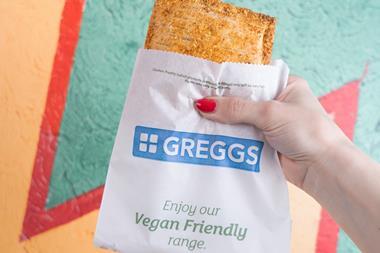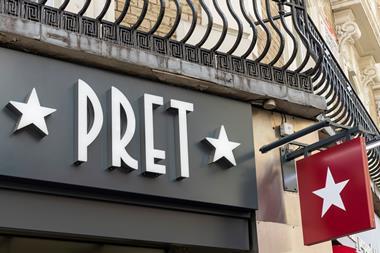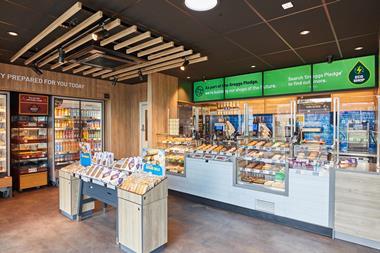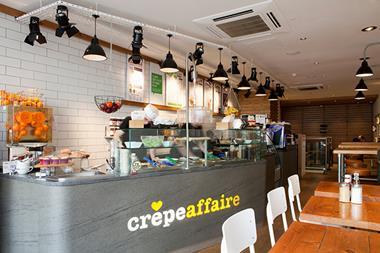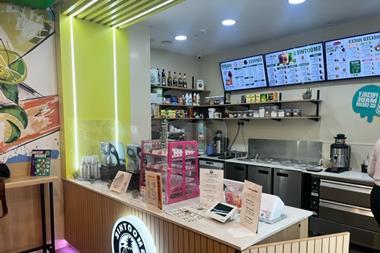In his latest column Going Global column for MCA, international franchising expert Jasper Reid discusses the huge opportunities to be had in the country of contradiction – and why scale, and a long-term view, is key.
India. Say it and you get a reaction. Sometimes a smile, often surprise, usually fear and prejudice. Few sit on the fence, not least because India is all about extremes and contradiction. As Joan Robinson, the Cambridge economist puts it: “Whatever you can rightly say about India, the opposite is also true”.
So why set up in India? In this edition of Going Global, we answer that question. *Spoiler alert* – those with low ambition, fear of crowds, lack of adventure or low stamina, should look away now.
But first – and like our China and USA guides – India does not lend itself to generalisations. This is a vast, varied land; more a continent than a country, with 1.3 billion people, 29 states, seven union territories and as densely populated as Israel or the UK.
India is one of the oldest and yet newest countries, which for three quarters of the last two millennia had the highest GDP on earth. India is now 7th in GDP rankings and forecast to overtake China by 2050.
The story of modern India is the story of youth and scale – 885 million people under the age of 35; 287 million between 10 and 22 years’ old; and 110 million on Facebook. By 2022 the number of smart phone users is forecast to reach 829 million. Wow.
And this, in a nutshell, is why India. India is all about big game, a chance to grab share, a country with dynamics akin to 1960s America or twenty-first century China, when demand trumped supply, growth was assured, and fortunes were made or lost.
So how should operators or investors tackle India? As ever with Going Global, we’ve cooked up a handy guide: your Passage to India on a page, as it were.
1. Go large or go home. There is little point developing India without a big plan. Average sales are a fraction of mature markets and whether chasing royalties or equity, scale is key. The good news is capex is low and ROCE may be higher than back home. For example, we build 1,000 square feet pizzerias for £70k.
2. Value, value, value. At every market level, value is king. We took two years to perfect the Wendy’s model which is now powered by the best-selling 32p Bun Tikki burger. Get prices on the deck (without trashing the quality) and rope in menu development and supply chain experts.
3. Invest in your gang. In our experience, there are more smart, personable, hard-working and loyal people in India than anywhere on earth. This creates exciting opportunities to build capacity, capability and culture at a price to make UK restaurateurs weep. For example, in our restaurants, labour costs average 15% of sales (and we pay well).
4. Be disruptive. Winners in India do things differently. For example, Reliance JIO grabbed 323 million mobile phone subscribers in under three years. How? Free data. In restaurants think tech and study the rapidly expanding dark kitchen infrastructure. Rebel Foods alone operates more than 250 dark kitchens with two more opening weekly. This changes the game.
5. Be mean. Like Scrooge, not Stalin. Cut back overheads, squeeze working capital, take a scythe to capex and put aside money for rainy days. There will be a lot of these (aka the monsoon) and everything takes longer than you think. The key is not to run out of cash. And development capital should be equity, not debt (the devil in disguise).
6. Become an Indian shop. Whether licensing out or operating direct, it pays to work as any local business does. This is the most blindingly obvious point, for all markets, but the most neglected. We have lost count of the times we are told ‘it doesn’t work like this in the UK’. Er, no sh*t. Rule #6.5, don’t swear and don’t lose your rag.
7. Invest in the brand. Like many emerging markets (albeit a titan), initial brand-recognition is likely to be low to zip. But customers crave brands and the smartest operators develop local variations of their master brand. For example, Domino’s speaks to its customers in Hindi short-hand – all snappy and fun. Start watching Netflix India shows.
8. Get good at complexity. India – like other historically bureaucratic countries changing fast – is awash with rules and new rules. It’s a fact of doing business and the only strategy is zen-like acceptance. The good news is that there are many people on hand to help. But it’s a battle so be like Buddha under that banyan tree.
9. No surrender. India is a long game: ten to twenty years to make returns. The key is persistence. During our five years in India, multiple brands threw in the towel or ground to a halt – Papa John’s, California Pizza Kitchen, Smash Burger, Dunkin’ Donuts, Sbarro and many more. Stick at it.
10. Enjoy the ride. India is exceptional, complex, challenging and, in the end, success is a mindset. Those who get frustrated or down, stay down. Those that celebrate India and find its magic might just make it big (please God let that be us). The point is the journey is as important as the destination.
India isn’t necessarily different to other places – it’s often the same, just more so. India is all about more and more and yet more. It can be daunting but it’s a blast. One thing’s for sure, there are few places on earth with so much growth, so much youth and so much opportunity. And India hasn’t really got into her stride.
But enough talking business. In India it’s as much about relationships, culture and place. Having dished out a few tips, let’s end with William Durant, the American historian, on why India really matters:
“India was the motherland of our race, Sanskrit the mother of Europe’s languages: she was the mother of our philosophy; mother, through the Arabs, of much of our mathematics; mother, through the Buddha, of the ideals embodied in Christianity; mother, through the village community, of self-government and democracy. Mother India is in many ways the mother of us all.”
- Jasper Reid is the founder of IMM, which advises brands on international expansion and owns the Wendy’s and Jamie Oliver restaurant chains in India
Precis
OPINION
Going Global – India: maker and destroyer of dreams
India. Say it and you get a reaction. Sometimes a smile, often surprise, usually fear and prejudice. Few sit on the fence, not least because India is all about extremes and contradiction. As Joan Robinson, the Cambridge economist puts it: “Whatever you can rightly say about India, the opposite is also true”. So why set up in India? In this edition of Going Global, we answer that question. *Spoiler alert* – those with low ambition, fear of crowds, lack of adventure or low stamina, should look away now.






















